Safety and System Reliability
Critical Role of Isolation in Ensuring Safety and Reliability
Fundamental Safety Concerns: Ensuring safety is of utmost importance when it comes to gate-driving power supplies, especially in high-power applications. Isolation is essential for ensuring users' safety and preventing damage to sensitive electronic components caused by high voltage levels or electric shock.
Protection Against Direct Contact: Isolation guarantees that there is no direct electrical connection between the high-voltage and low-voltage sides of a system. This ensures the safety of both maintenance personnel and end-users by preventing accidental contact with high-voltage circuits.
Enhancing System Reliability through Isolation
Preventing Electrical Overstress and Failures: Isolation plays a crucial role in preventing electrical overstress (EOS) and failures in gate drivers. It accomplishes this by preventing high-voltage spikes or surges from reaching the control side of the circuit, protecting sensitive electronic components.
Longevity and Durability of Components: Strategic isolation of sensitive components from high voltages greatly enhances their lifespan and robustness. This is especially crucial in industrial settings where dependability is vital for uninterrupted functioning.
Design and Implementation of Isolation for Safety and Reliability
Choice of Isolation Method: The choice of isolation method is crucial for ensuring safety and reliability. It is important to select the appropriate method, such as optocouplers, capacitive, or inductive isolation. Every approach has its own unique qualities and is well-suited for specific application needs.
Compliance with Safety Standards: The isolated power supply must adhere strictly to the safety standards such as UL and IEC. Ensuring safety is not only a priority, but it also boosts the product's credibility and market acceptance.
Safety and Reliability as a Design Priority
Integrating Protection Features: When it comes to designing for safety and reliability, it's important to consider the integration of features such as under-voltage lockout (UVLO), over-current protection, and thermal shutdown mechanisms. These features enhance the durability and strength of the gate driving system.
Regular Testing and Validation: It is critical to test and validate the isolated power supply design. This aids in identifying possible vulnerabilities in the design and ensuring the system's ability to endure real-world conditions with reliability.
Compliance with Standards and Regulations
Ensuring compliance with standards and regulations is crucial for maintaining electrical safety and reliability, particularly in isolated gate-driven power supplies. Prioritizing compliance with these regulatory frameworks is critical in order to ensure the safe operation of power electronics, protecting both the system and its users.
Regulatory Requirements for Electrical Safety
Electrical safety regulations aim to safeguard against potential hazards like electric shock, fire incidents, and system malfunctions. These regulations outline the essential safety requirements for isolated gate drivers and their power supplies. Some examples of relevant regulations are the Low Voltage Directive (LVD) in Europe and the Underwriters Laboratories (UL) standards in the United States. Strict compliance with these requirements is essential, providing a foundation for ensuring safe design and operation.
Standards for Electrical Isolation in Power Electronics
Power electronics must adhere to specific standards for electrical isolation. These standards ensure that devices can operate safely, even in the event of a fault. Standards like IEC 61010 for laboratory equipment and IEC 61800 for adjustable-speed electrical power drive systems provide comprehensive guidelines on the isolation requirements for different types of equipment. These standards establish the necessary parameters for ensuring the isolation's safety, including minimum isolation voltages, creepage and clearance distances, and testing methodologies.
Importance of Compliance for Industry Certification
Adhering to the necessary safety standards is essential in order to achieve industry certification. Having certifications, like CE marking in Europe and UL listing in the United States goes beyond just meeting regulations. They serve as strong indicators of quality and safety, which can greatly impact how well a product is received in the market. Manufacturers of isolated gate driving power supplies aim to obtain these certifications to showcase their dedication to safety and streamline their products' global market entry.
Ensuring Conformance to Safety Standards
Ensuring compliance with safety standards requires a thorough design review, careful component selection, and thorough testing. When designing isolation solutions, it is important to prioritize compliance by incorporating safety margins and robust isolation barriers. Manufacturers frequently conduct pre-compliance testing during the development process to detect and address any potential non-conformities at an early stage. Through final certification testing conducted by accredited laboratories, the product's compliance with all relevant standards is verified, guaranteeing its market readiness.
The strict adherence to safety standards and regulatory requirements highlights the industry's dedication to providing power electronics that are safe, dependable, and of top-notch quality. This dedication not only fosters trust among consumers and end-users, but also propels innovations that push the boundaries of power electronics, all while maintaining the highest safety standards.

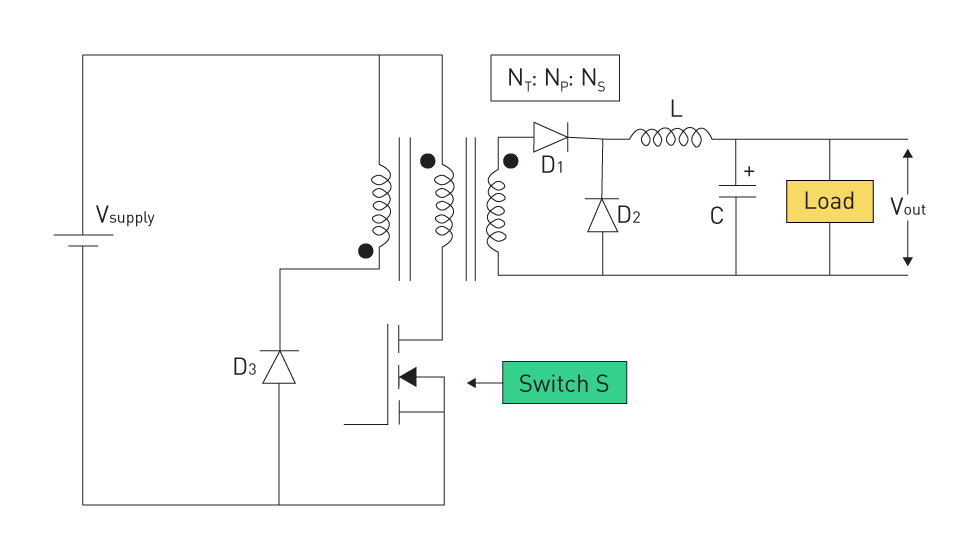
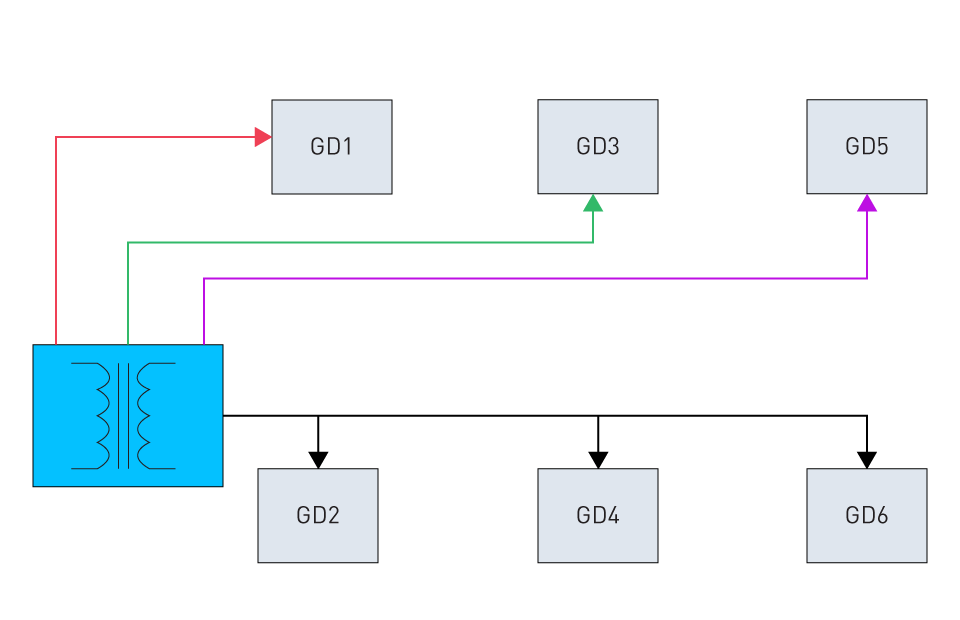
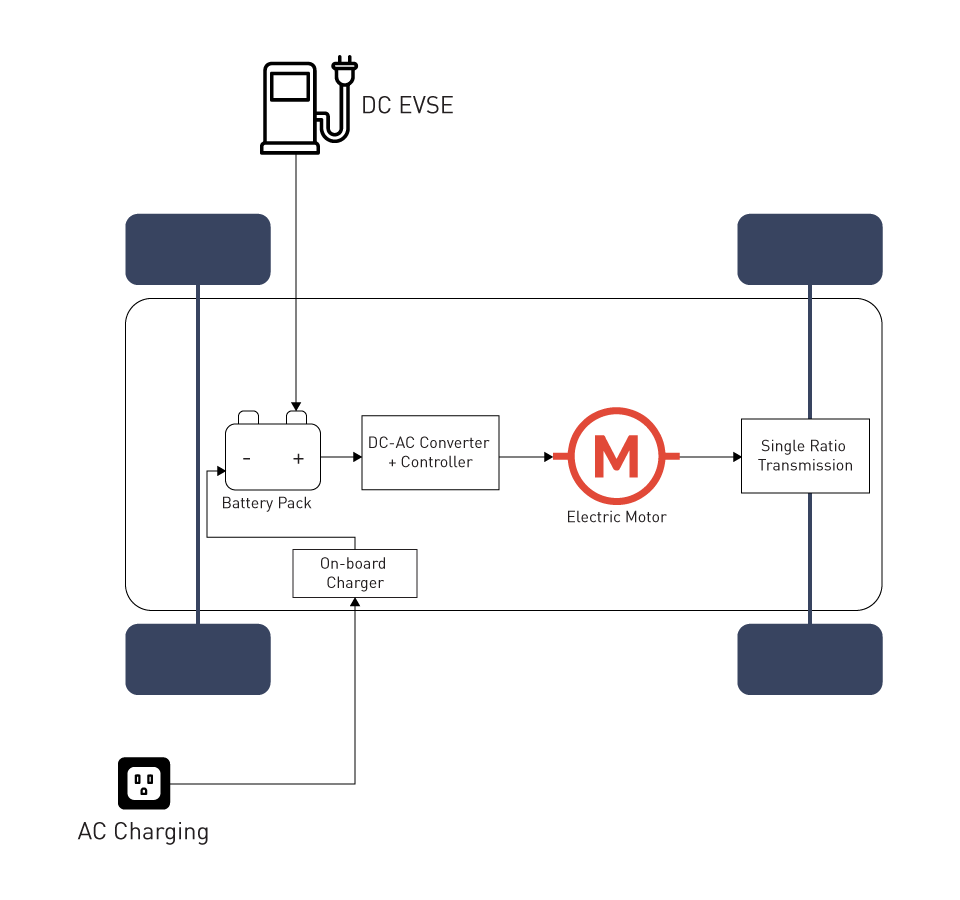
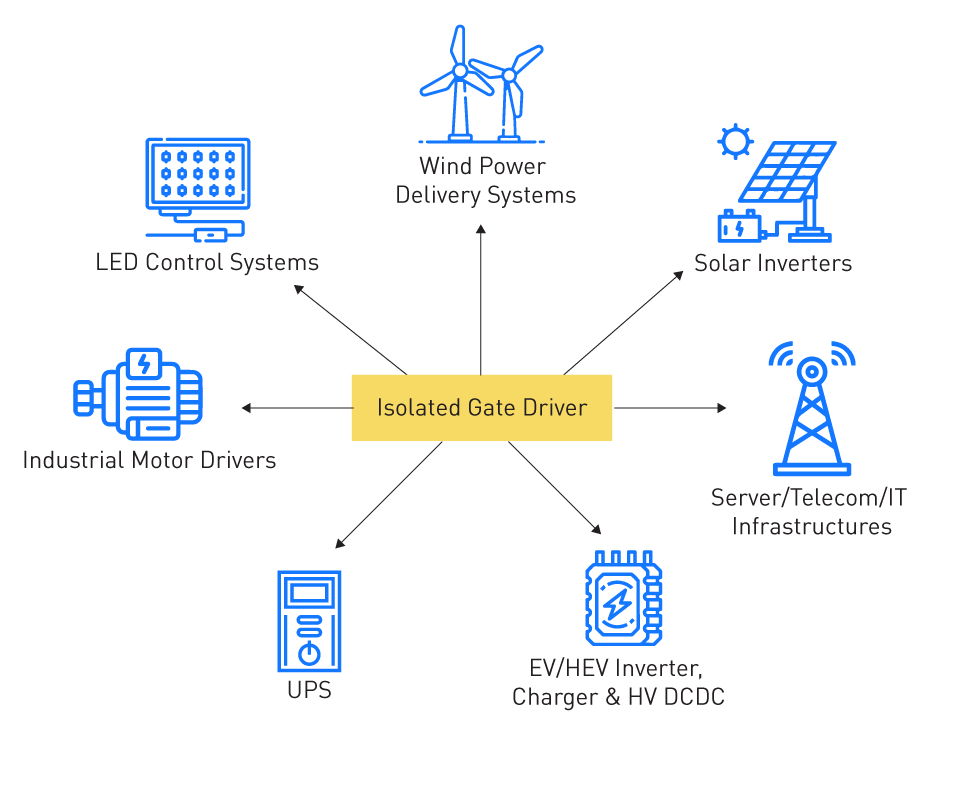
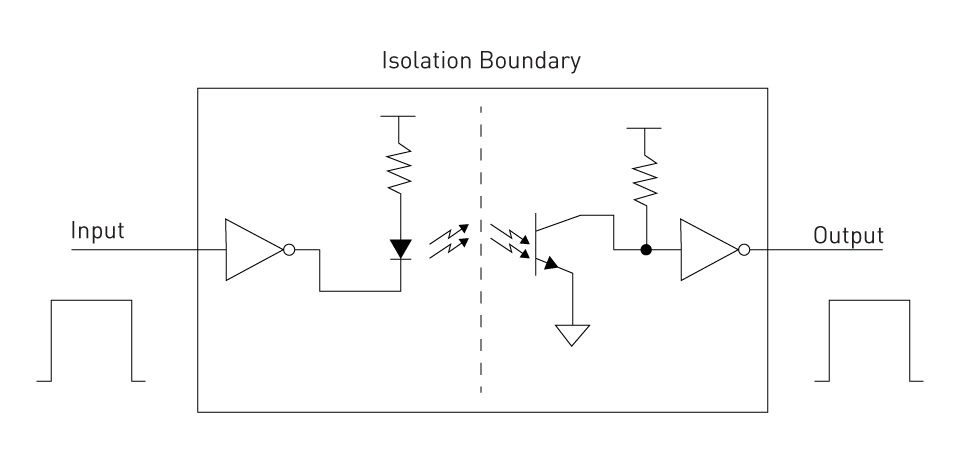
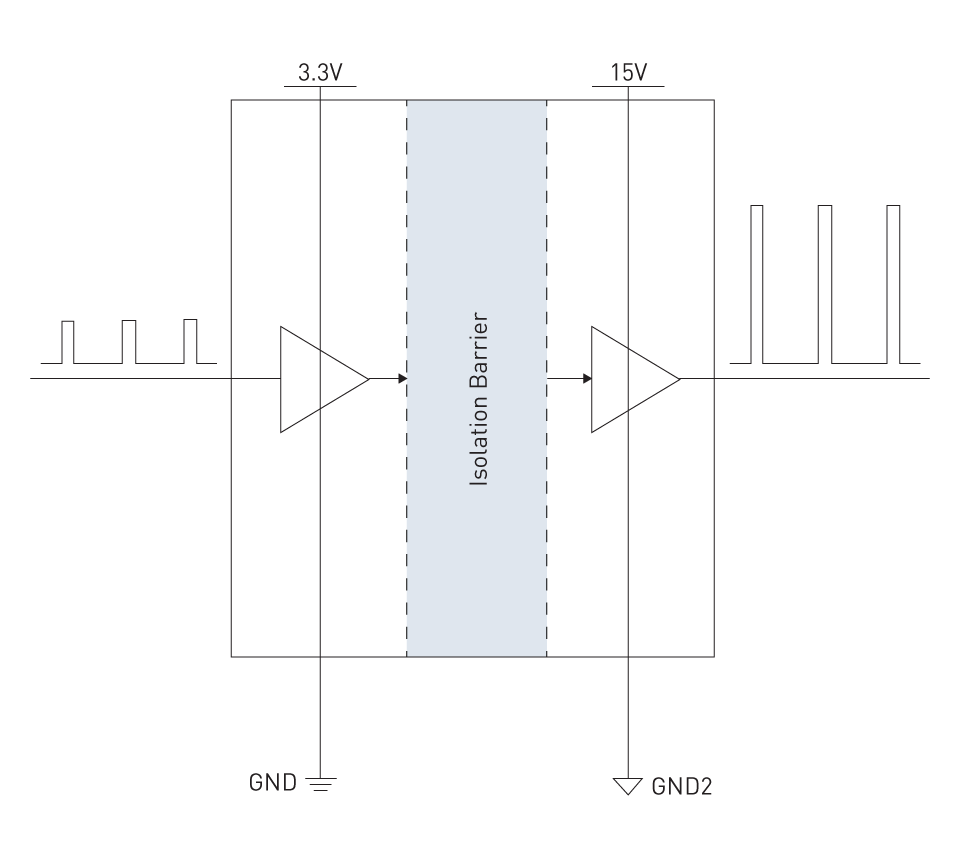
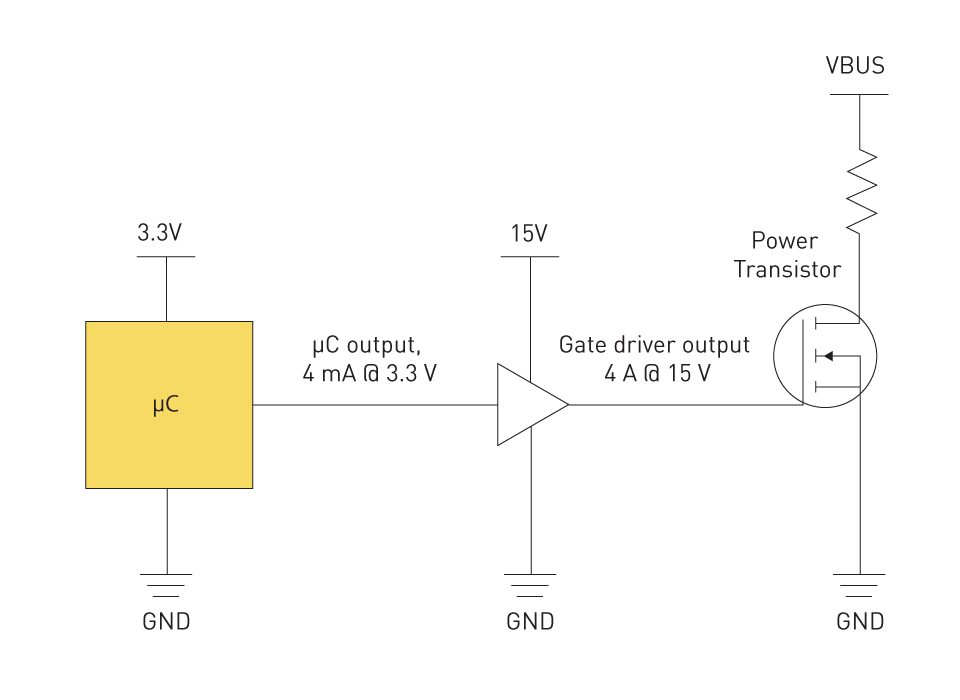
直接登录
创建新帐号